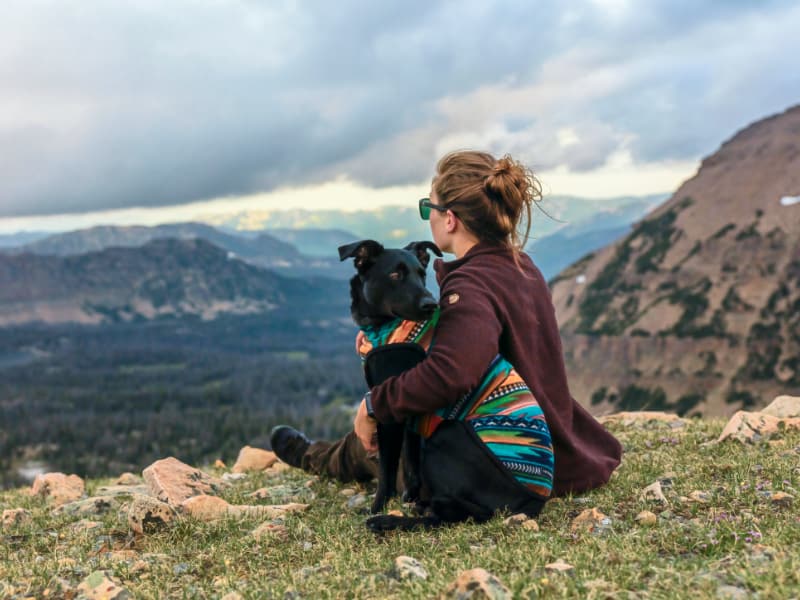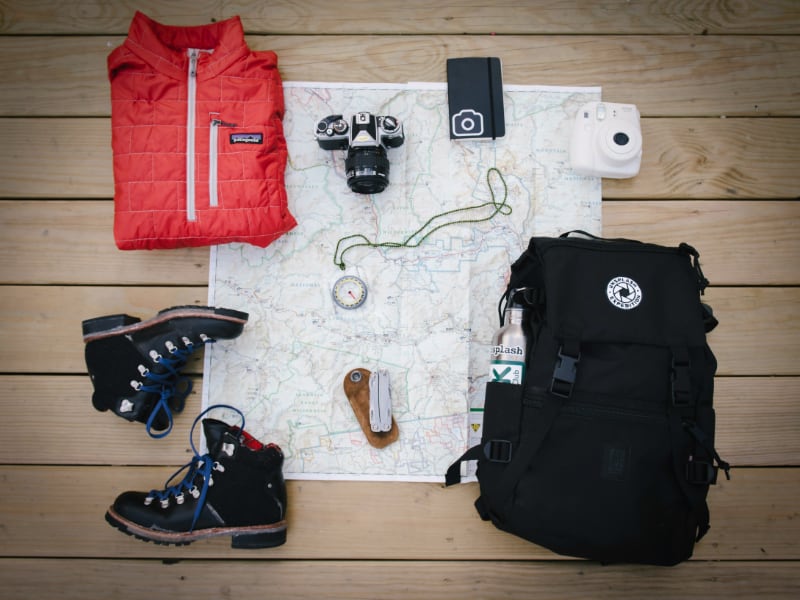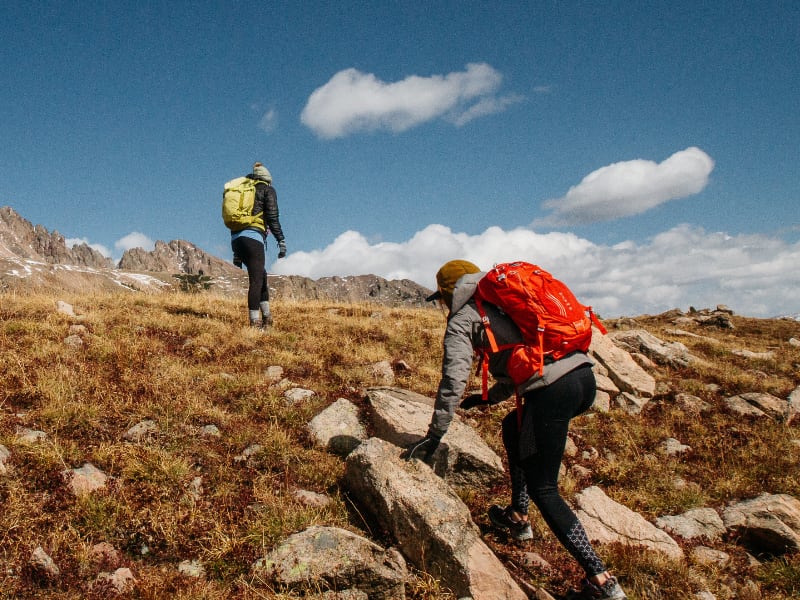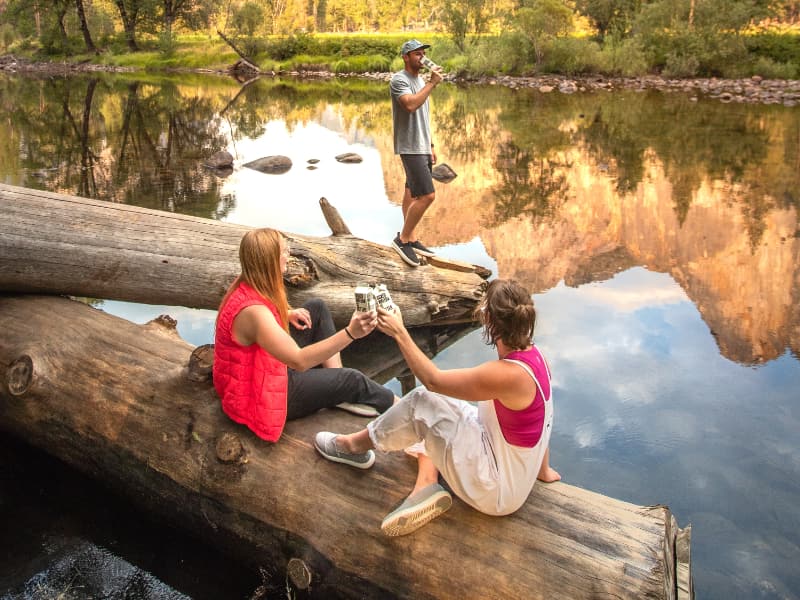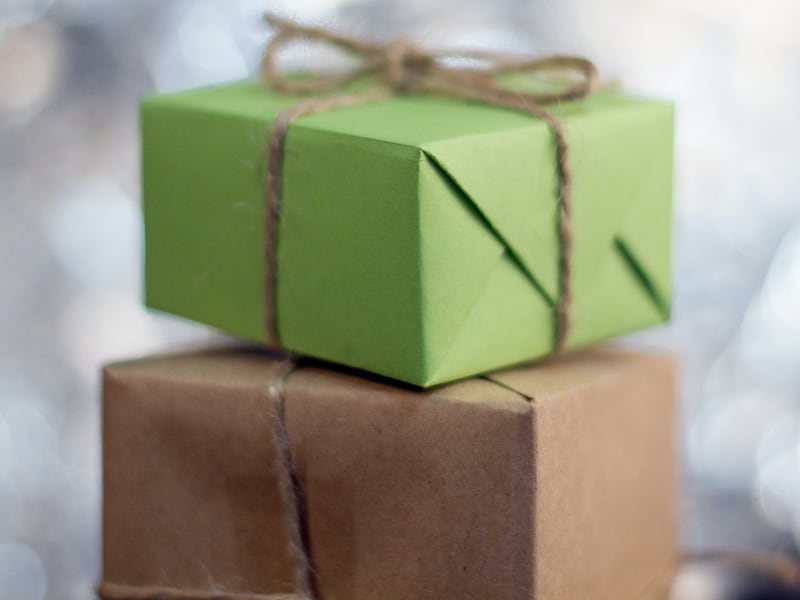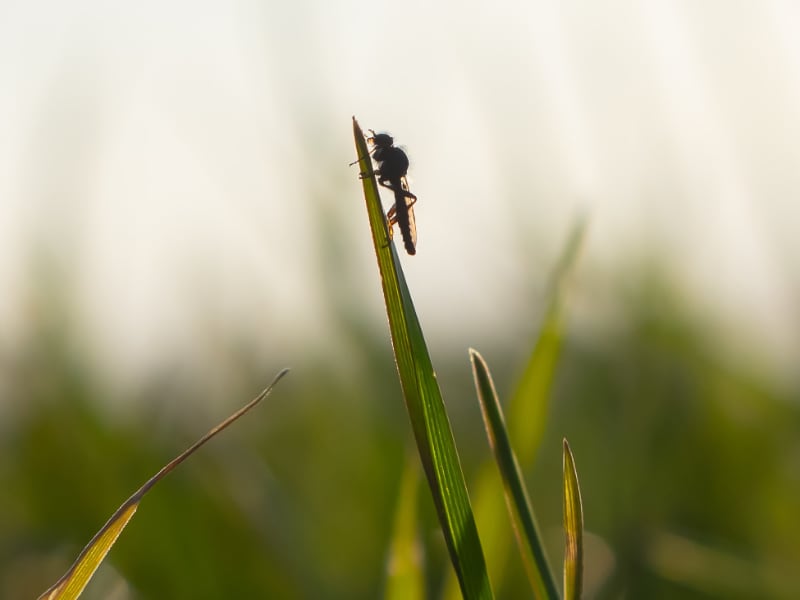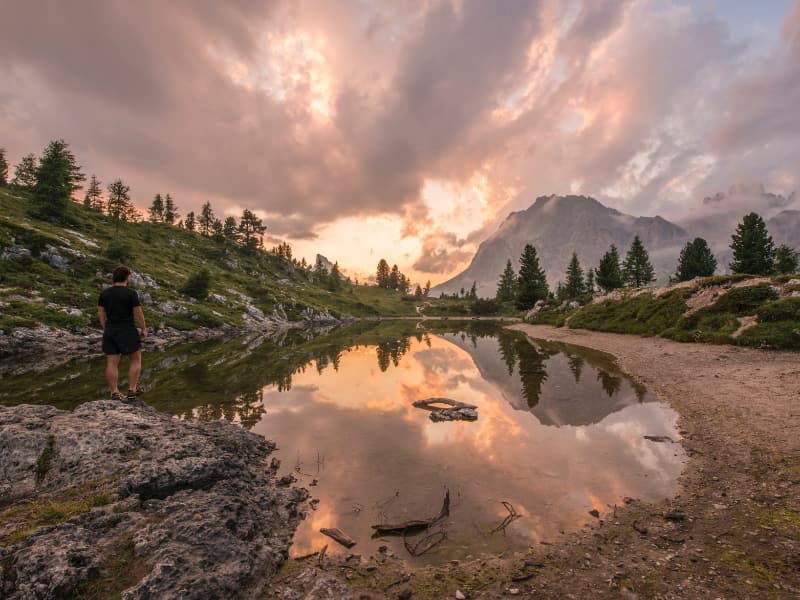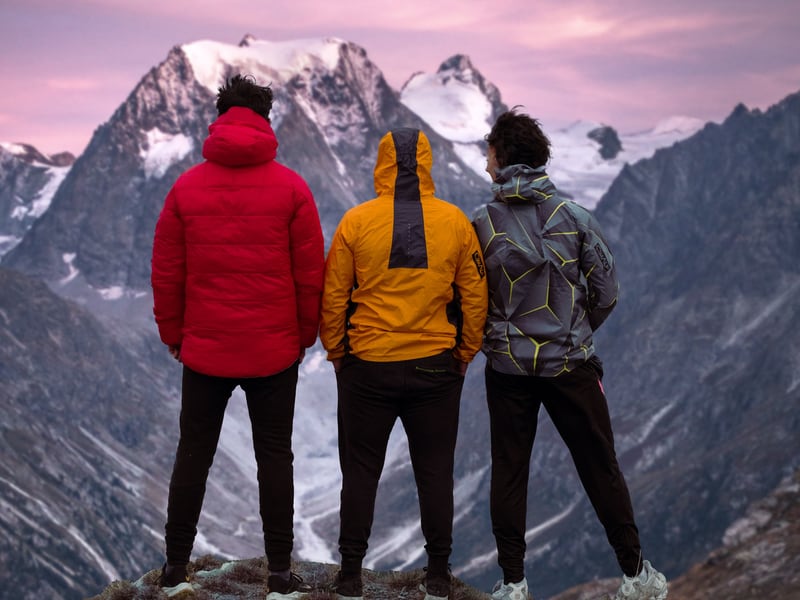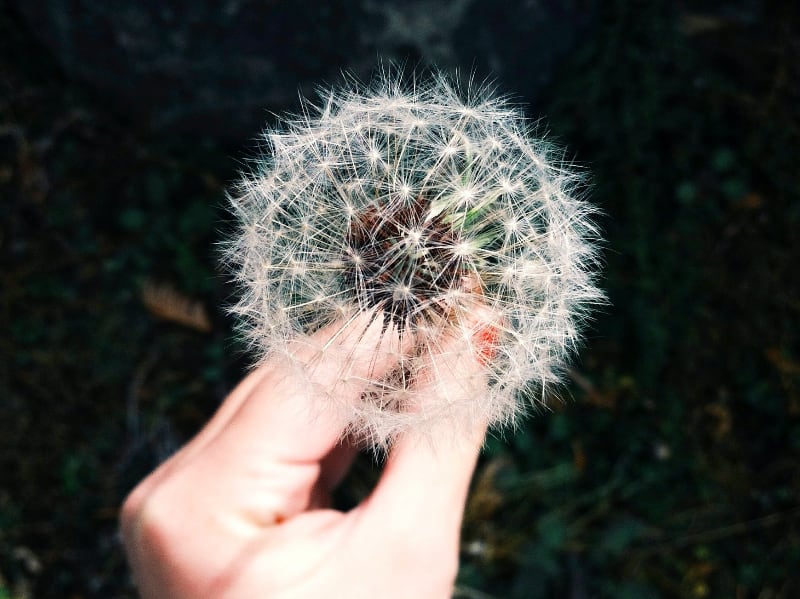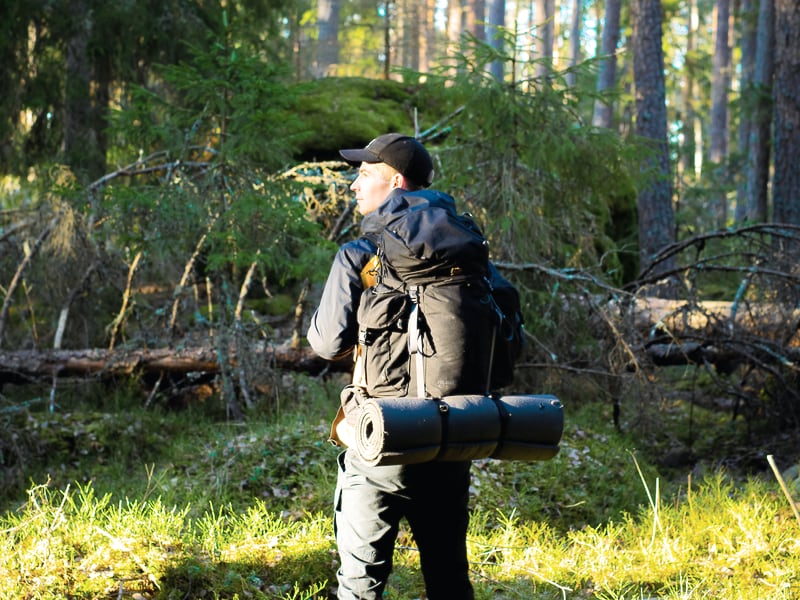If you’re heading out on a backpacking trip, you might be wondering how to be more sustainable outdoors. It’s tricky and, realistically, you may never reach zero waste. However, every step you take towards a waste-free trip helps the environment. Here are a few tips to get you started.
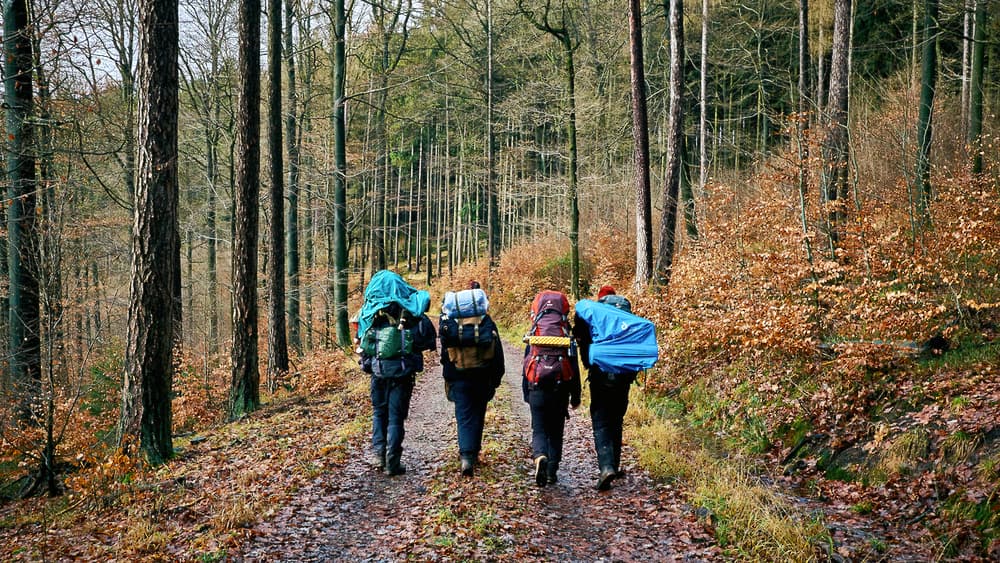
1. Food and Water
Dehydrating your own food is the name of the game when it comes to zero-waste backpacking. Ready-to-eat meals and individually wrapped snacks may be convenient, but they leave behind a lot of trash. Invest in a dehydrator, buy some food in bulk, and dehydrate it yourself.
You can also snack on wild plants and berries if you’re knowledgeable about them to supplement your diet.
Buy resealable silicone bags and wax wrappers to cut down on plastic, as well as lunch sacks that you can recycle at the end of your trip.
As for water, most hikers use the tried-and-true pairing of a Smartwater bottle and a Sawyer Squeeze water filter. The Smartwater bottle is the only plastic item we’ll recommend here, for a few reasons:
- It’s ultralight
- It attaches easily to a Sawyer Squeeze
- It attaches easily to a bidet, meaning you won’t have to carry toilet paper. This will help you cut down on a lot of waste.
You’ll use it for your entire trip and recycle it when you’re done. If weight isn’t an issue for you, you can always choose a stainless-steel bottle, but then you’ll most likely have to carry toilet paper. It’s a trade-off you’ll have to consider carefully.
2. Toiletries
Use a bamboo toothbrush and toothpaste tablets. This will save you a lot of water weight and also reduce your carbon footprint.
Choose a shampoo bar or soap bar to clean up if you really need it. Many backpackers don’t carry soap, since it’s heavy, and instead just shower when they get to town. Ditch the baby wipes and use sanitiser that comes in a recyclable bottle.
You might be thinking, “How do I clean my dishes without soap?” The answer is boiling water. Lick your spork and pot as clean as you can – no one will judge you for this, since backpacking manners are very different than table manners – and then use boiling water to sanitise them.
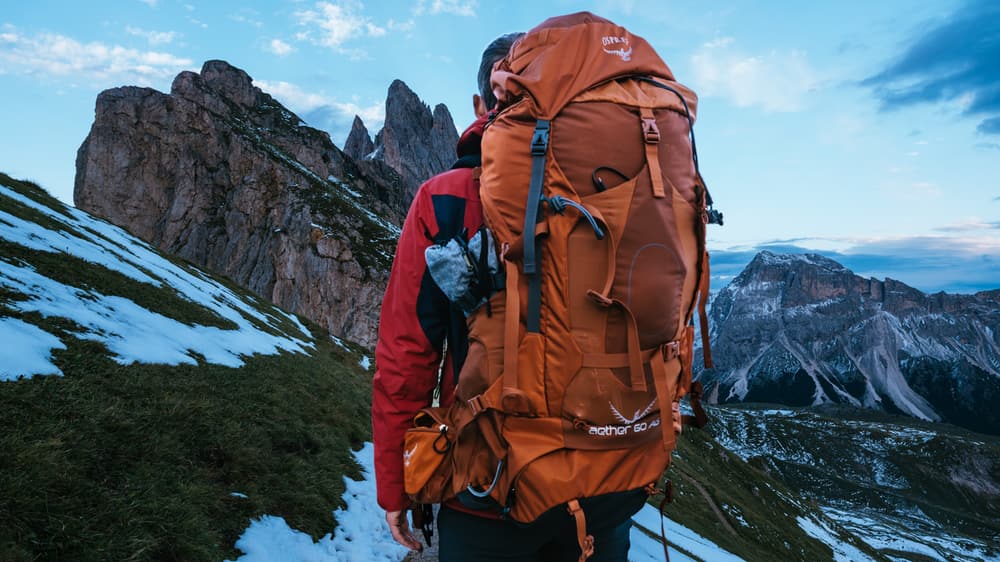
3. Gear
Research your trail carefully and find out if you’ll need a bear canister. In some bear country, you can use a regular stuff sack and hang it in a tree.
If not, your canister options are, unfortunately, plastic or plastic-reinforced carbon fiber. The good news is that you can rent one. Or, if you choose to buy your own, it will likely last your entire lifetime.
Select a durable tent, sleeping bag, and sleeping pad. Instead of a styrofoam pad, choose one made from sugarcane biomass or other sustainable materials. Use wooden matches instead of a disposable lighter.
4. Human Waste
If you’re squeamish, look away now! On second thought, keep reading – like it or not, you have to know how to deal with human waste on backpacking trips.
Choose a titanium trowel rather than plastic. Always pack out your toilet paper if you’re using it, or go the ultralight, eco-friendly bidet water bottle route.
Female hikers usually designate a bandana to use after peeing, then tie it to the outside of their pack to dry. It might seem gross if you’re used to modern comforts, but it’s much more convenient and sustainable than using toilet paper, packing it into a plastic bag, saving that bag for several days, and then tossing it in the landfill trash.
Now, let’s talk periods. Some women are intimidated by trying to manage their periods in the backcountry, but you absolutely can do it!
The first piece of advice is that pads and period underwear aren’t going to work. They tend to be heavy, hold onto moisture, and cause chafing. Period underwear is sustainable but very hard to wash and dry when you’re hiking. Don’t worry – you have a lot of options.
Some backpackers take continuous birth control during long through-hikes to avoid their period altogether. When choosing between pills, shots, implants, or IUDs, an implant or IUD probably generates the least waste, since both can last several years.
The most common choice, however, is to use a menstrual cup. They can last for years, and some brands are recyclable. You can also use a menstrual disc if that’s more comfortable. To sanitise either one, simply boil it.
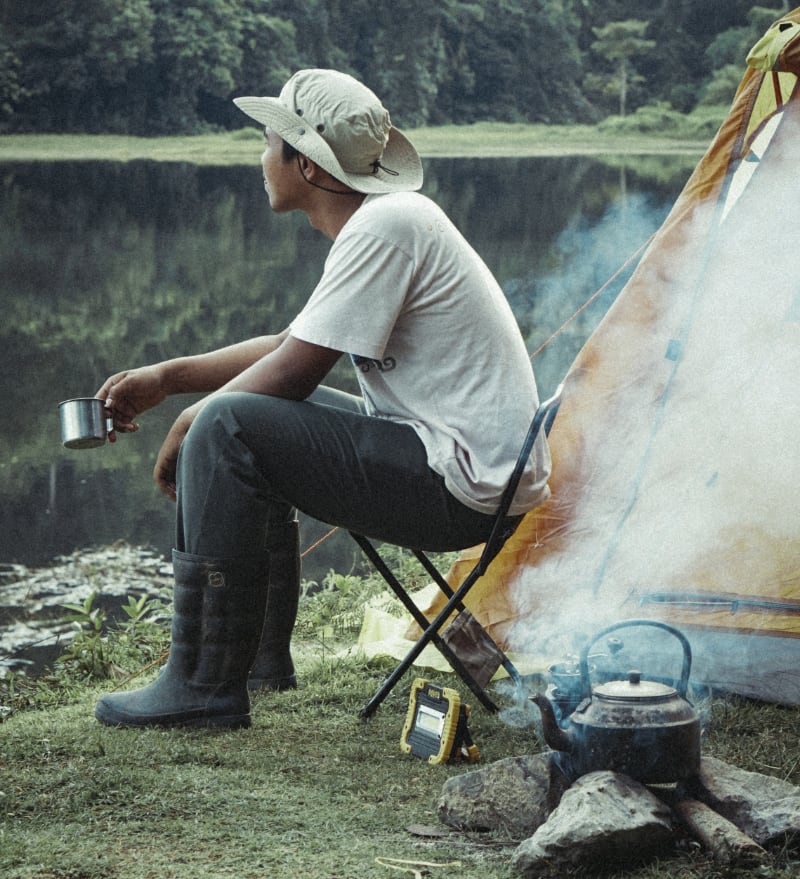
Final Notes
This is far from a comprehensive guide to zero-waste backpacking, but hopefully it helps you get started. Remember: Even implementing just a few of these techniques will get you closer to the goal of zero waste, and you might even save some pack weight while you’re at it.

